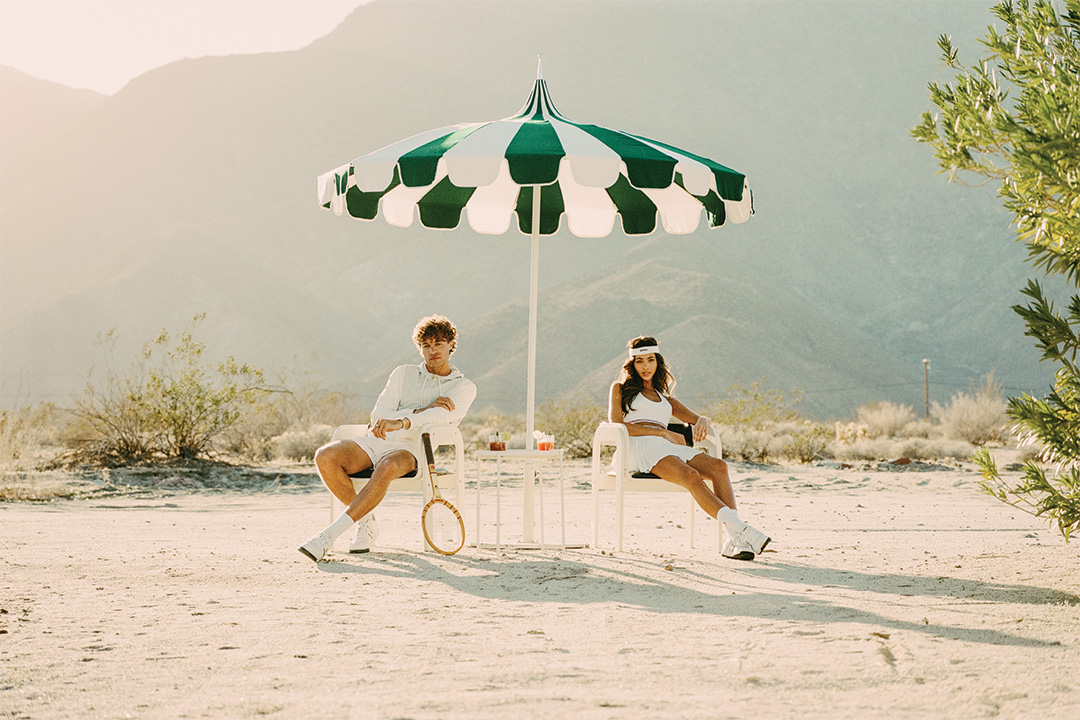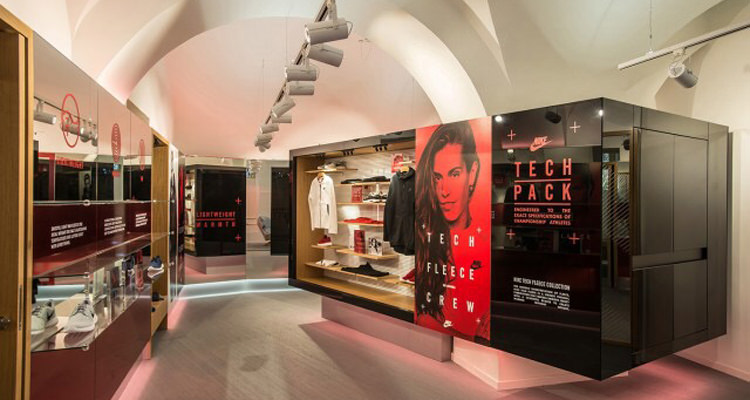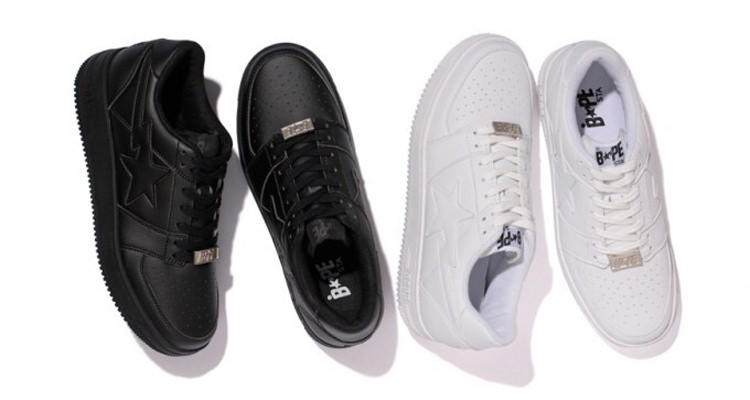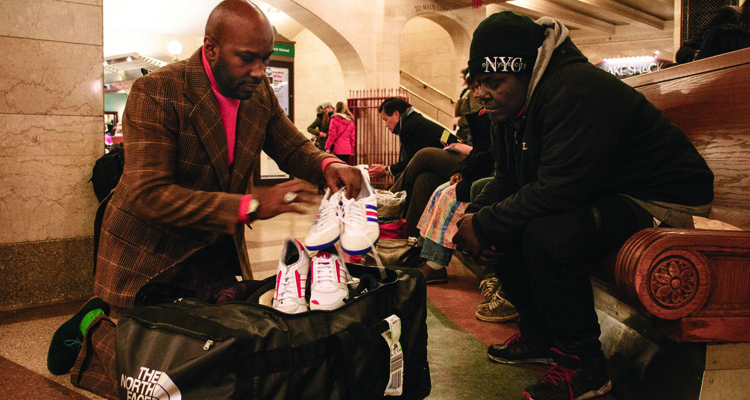This post may contain affiliate links. Please read our disclosure policy.
|
2009 was a tough year for a much of America. The national recession put stress and strain on pocketbooks everywhere, meaning that hobby expenses had to be cut back. For many of you, that meant your love for sneakers had to take a backseat to more dire necessities. While lower incomes and tougher times have proved to be at least an inconvenience or worse for many people, many of us overlook the troubles that the stores we buy our shoes from have faced. Looking back on 2009 in terms of sneakers, many things come to mind. High-tops were big, Jordan Brand made sure we knew MJ was being inducted into the Hall, and many other trends came and went. One trend many of us never considered though, was an economic one. So to look into the year in a fiscal sense, we look now at spending trends and receive insight from a boutique owner in a struggling local economy. |
The one positive side of the recession is that if you do have money to spend, you had options and many of those shoes were on sale, as retailers wanted to make sure to unload product. On the contrary, that means that boutiques and resellers have had an even harder time choosing which products to put on their shelves.
This situation has made for an opportunity for sneakers that many thought would not be so successful to do just that–succeed. One silhouette that Jeff Brown, owner of Suite 160 in Las Vegas, has found sold very well was the Nike SB Zoom Stefan Janoski. “Blazers and Janoskis,” says Jeff, “are selling much better than say, $140 Jordans, where in the last couple years, people didn’t really care if something was over $100 dollars. They would buy it.”
Jeff and other owners have found themselves buying some products based on their price, rather than the more expensive sneakers that sell out in a healthy economy. The Nike Air Max 95 was specifically mentioned, as it released in a number of colors in 2009. “If someone already has a few of those in different colors, they’d pass on the other ones. I mean, they’re $140,” said Brown.
This trend is pretty easy to believe, as many collectors pride themselves on the diversity in their closet. For many sneakerheads, whether avid or casual, the ultimate consideration comes down to whether it’s worth it to own two of the same shoes in slightly different colors or two (or more) completely different shoes.
Just as interesting to consider is the way stores are reacting to our preferences for price. Jeff is an a very unique situation, as the two locations he owns are in vastly different areas. The flagship store is in West Vegas, far from tourist attractions, and caters to educated local consumers. The second is in the Mandalay Bay Hotel and Casino, where flashier and unique shoes sell and the average consumer comes from foot traffic, which is “down about 40%,” according to Jeff.
It seems many retailers, and the brands they put on their shelves, spent the last year reconsidering the products they produce, carry and can sell. Obviously trends come and go, but the down economy had a lasting effect on our consumer-driven segment. The outlook for 2010 offers more hope than the last year did, and hopefully predictions will materialize. With the end of the year approaching in a matter of hours, how will you remember the last 12 months? Will you measure your shoe year in the ones you passed on, or the ones you justified splurging on?



